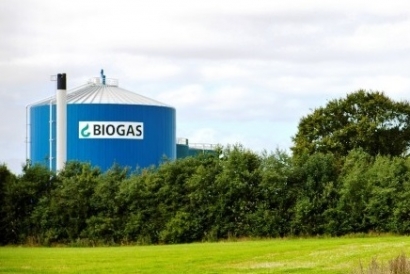
The new biogas plant in Kalundborg will process approximately 300,000 tonnes of biomass from Novo Nordisk and Novozymes. The plant converts the residues into biogas, which is then upgraded to bio-natural gas. The climate-friendly bio-natural gas can be used as a substitute for fossil natural gas and delivers significant carbon savings.
“Kalundborg Bioenergy is a fantastic example of how we can exploit the value in residues. Novo Nordisk and Novozymes produce insulin and enzymes in Kalundborg which are sold all over the world, and now the residues from production will be converted into energy and fertilizer at a local plant,” said Thomas Dalsgaard, Executive Vice President and CEO of Bioenergy & Thermal Power, Ørsted.
“If we’re going to have a world that runs entirely on green energy, it’s important to find the right combination of green technologies that can replace fossil fuels. And this is where biogas may also play an important role in future,” said Dalsgaard.
When the residues have been processed at the biogas plant, they will be used as fertilizer in the fields, just as they already are today – all the nutrients passing through the plant will be recovered for fertilizer use.
Jesper Haugaard, Vice President of Novozymes’ production in Europe and Denmark, said, “Sustainability is part of our DNA. Now, we’re starting to use biomass for the large-scale production of biogas as well. It represents a doubling up in the recycling of residues, which benefits the environment, and is a good example of a true circular economy.”
Together with its partner Bigadan, Ørsted started construction of the biogas plant in spring of 2017. Bigadan, which has more than 30 years of experience in the biogas industry, will operate the plant.
The biogas plant can produce 8 million cubic meters of bio-natural gas a year. This corresponds to the natural gas consumption of up to 5,000 households, and represents a carbon saving of nearly 17,000 tonnes of carbon a year.

